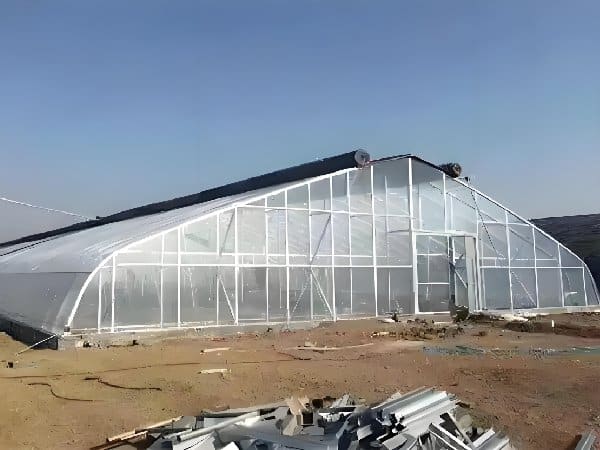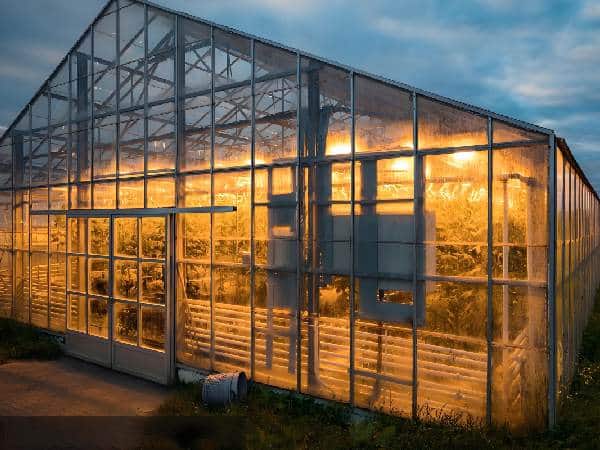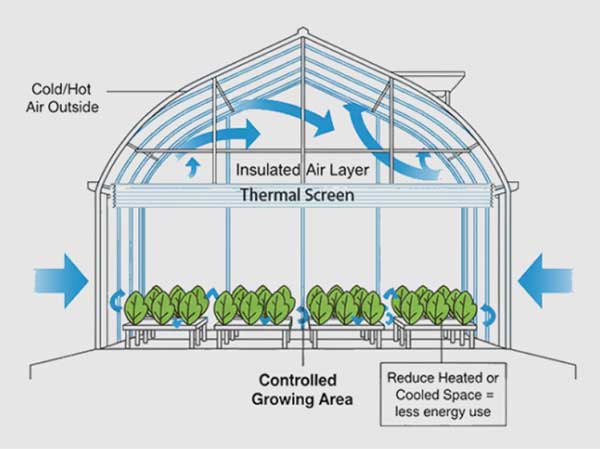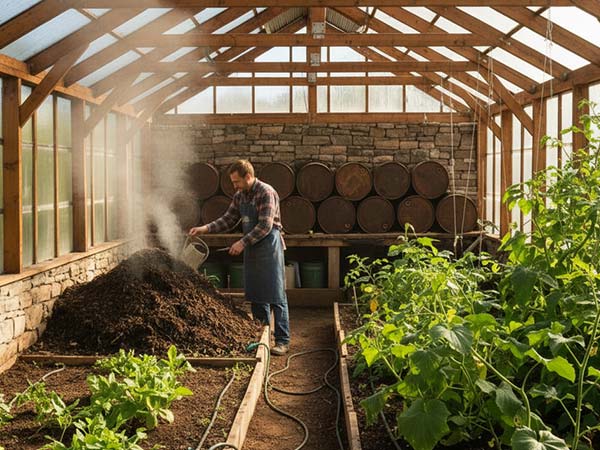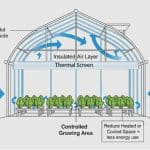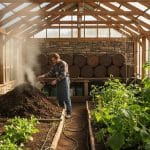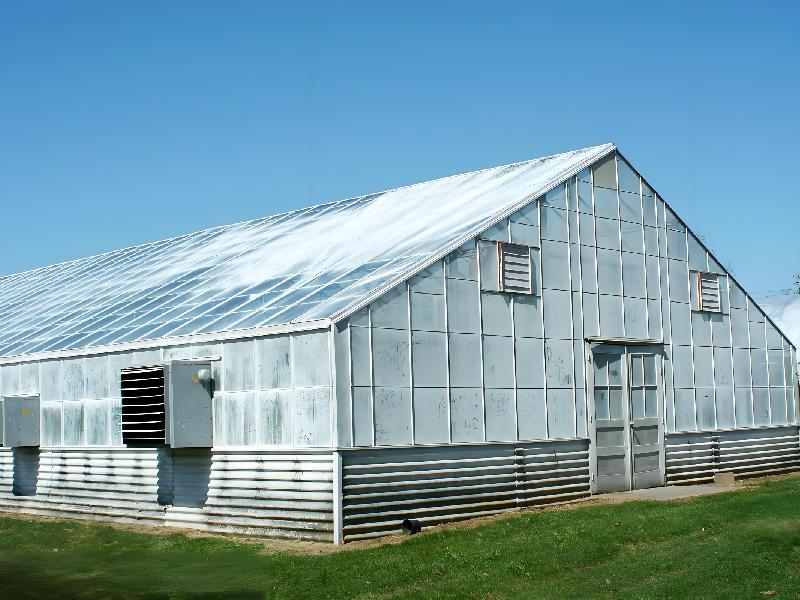
From commercial agriculture to high-tech horticulture, choosing the right greenhouse structure is one of the first—and most important—decisions you’ll face. Pick the wrong design, and you could end up with uneven light, limited options for future expansion, or costly renovations down the road. That’s where the even-span greenhouse comes in—a classic structure built to meet the needs of modern growers across a wide range of scenarios.
In this guide, INSONGREEN will walk you through everything you need to know about the even-span structure, whether you’re planning a large-scale greenhouse project or just comparing design options.
Don’t Miss: 20+ Types of Commercial Greenhouses You Should Know
What Is an Even-Span Greenhouse?

An even-span greenhouse often features a symmetrical A-frame design, where both roof slopes are equal in length and angle, and the ridge line sits in the center. This classic structure has been widely used for over a century, and for good reason. Its geometry creates a well-balanced load distribution that performs reliably in a variety of climates. Because of this symmetry, even-span greenhouses provide uniform sunlight distribution, efficient air circulation, and excellent resistance to wind and snow. The interior layout is open and obstruction-free, which allows for flexible space utilization—ideal for everything from bench layouts to irrigation systems.
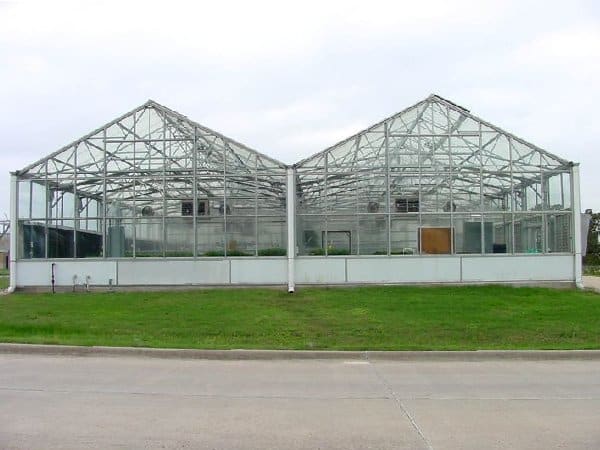
Additionally, this structure supports a wide range of covering materials, including glass, polycarbonate panels, and PE film. It also lends itself well to modular construction and ridge-and-furrow configurations, making it easy to expand your growing area and integrate modern automation systems as your operation scales.
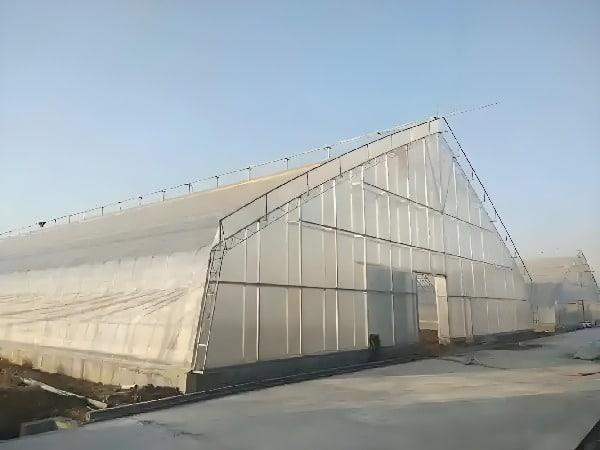
Even-Span’s Top Features
As mentioned above, the symmetrical design of the even-span greenhouse isn’t just visually balanced—it brings a range of structural advantages that make it especially well-suited for modern agriculture. These characteristics go beyond aesthetics; they directly influence light distribution, climate control, and long-term operational efficiency. Here are five features that give this greenhouse structure its practical edge:
- Symmetrical Frame for High Stability
The equal-length roof slopes ensure even load distribution, making the structure more resistant to wind, snow, and pressure-induced distortion. This balance enhances durability and year-round reliability. - Adjustable Roof Pitch for Better Year-Round Lighting
The angle of the roof can be tailored to local sunlight conditions. Steeper angles are ideal for capturing low-angle winter sun in colder regions, while flatter slopes reduce overheating in hot climates, leading to more consistent light exposure across the growing area.
Even-span greenhouse with uniform light distribution - Open Interior with No Obstructions
A clear-span layout eliminates internal columns, allowing growers to freely arrange beds, racks, or irrigation systems. This maximizes usable space and supports efficient workflow for both manual and automated operations. - Ideal Geometry for Automation and Climate Systems
Its regular frame structure accommodates a wide range of systems, such as shading, ventilation, grow lights, and fertigation. It’s a natural fit for integrated smart farming setups.
Geothermal greenhouse in Iceland - Defined Foundation Setup for Long-Term Durability
As a standalone structure, the even-span greenhouse typically requires a flat and solid base. Standardized components and foundation designs—like concrete strips or anchored steel bases—make installation smoother and future expansion easier.
Pros and Cons of Even-Span Greenhouses
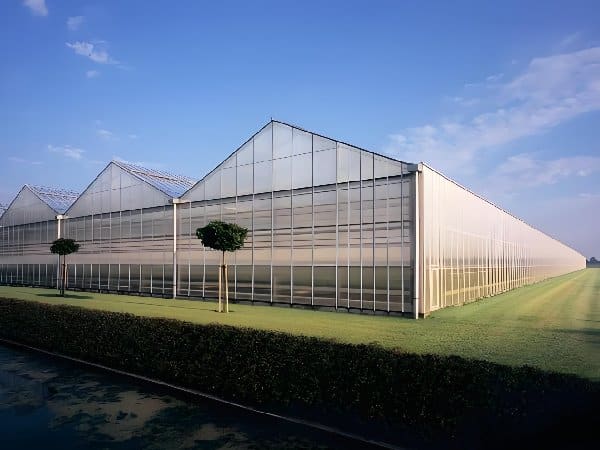
By now, you’ve seen how the even-span greenhouse offers a well-rounded package for modern growers. But no structure is perfect. To help you quickly weigh its strengths and limitations, here’s a side-by-side breakdown based on INSONGREEN’s field experience.
| Aspect | Pros | Cons |
| Structural Stability | The symmetrical design distributes loads evenly across the frame, making the greenhouse highly resistant to wind, snow, and structural stress—ideal for year-round agricultural use. | Compared to lightweight structures like hoop houses or lean-to greenhouses, it requires more materials and a stronger foundation, increasing initial construction costs. |
| Light Distribution | Equal roof slopes ensure balanced sunlight exposure throughout the interior, reducing shaded zones and promoting uniform crop growth. | On narrow or constrained plots, nearby buildings may cast shadows on one side of the greenhouse, potentially limiting light access. |
| Space Utilization | With no internal columns, the open-plan design maximizes usable space and allows flexible layouts for grow beds, shelving, or automation systems. | The symmetrical footprint requires a certain plot width, making it unsuitable for very narrow or irregularly shaped sites. |
| System Integration | The standardized frame and open layout make it easy to install modern systems like external shading, forced ventilation, grow lights, and fertigation. It’s ideal for high-tech, automated farming. | For growers with tight budgets or basic needs, investing in automation systems can increase upfront costs. A phased approach may be required. |
| Expandability | The design supports modular extensions and can be connected into ridge-and-furrow configurations to expand the growing area and streamline operations. | Structural add-ons require more complex engineering than simple tunnel houses and usually call for professional construction support. |
| Energy & Climate Control | Good airflow and roof symmetry enhance passive ventilation and heat retention. With proper insulation, it performs well in moderate climates. | In colder regions, winter heating demand can be significant. Additional insulation (e.g., thermal curtains, twin-wall panels) is often needed. |
| Long-Term ROI | While upfront investment is higher, the durability, automation readiness, and productivity gains result in lower maintenance costs and more stable yields, ideal for long-term operations. | Compared to short-term or seasonal greenhouses, the return on investment may take longer to realize. Best suited for growers planning a long-term facility. |
What Types of Projects Are Best Suited for Even-Span Greenhouses?
With its well-balanced strengths and thoughtful design trade-offs, the even-span greenhouse proves to be a reliable structure across various growing needs. But where does it truly shine? Let’s take a closer look at the types of projects where this greenhouse design delivers the most value.
1. Home Gardening & Hobby Use
For backyard gardeners and hobby growers, small-scale even-span models offer a well-lit, weather-resistant space for growing vegetables, herbs, and flowers year-round. These units are often available online or at local garden centers, with frames made from lightweight materials like aluminum and coverings of PE film or PC panels. On platforms like Amazon, prices typically range from $200 to $2,000, depending on size and features.
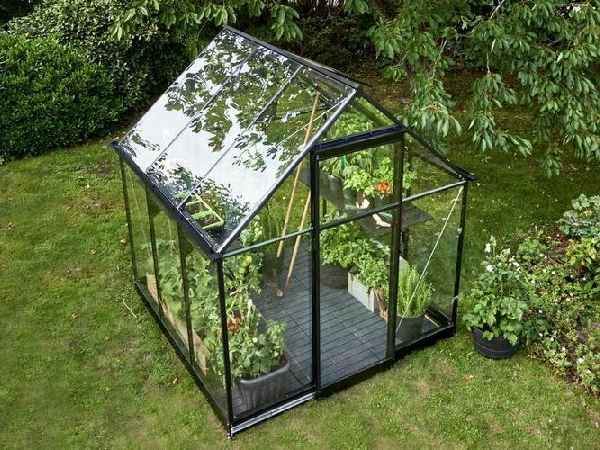
2. Commercial Crop Production
In commercial agriculture, even-span greenhouses provide the structural stability and automation compatibility needed for high-value crops such as tomatoes, cucumbers, peppers, and strawberries. Their open interior and customizable roof pitch allow for precise climate control, helping farmers maximize yield and consistency across large-scale operations.
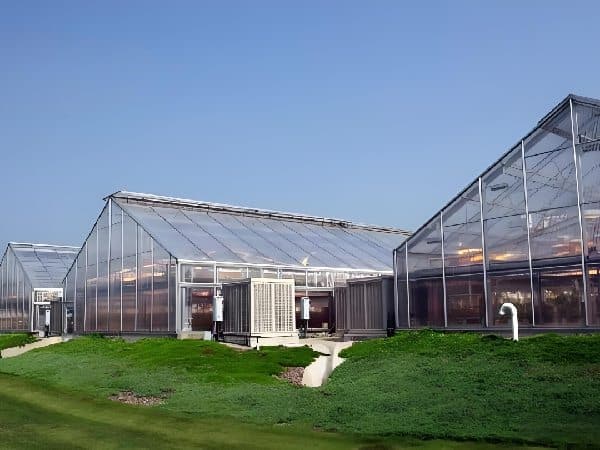
3. Nurseries & Propagation Centers
For seedling production and plant cloning, even-span greenhouses deliver consistent light and temperature, key conditions for successful propagation. This makes them ideal for nurseries growing delicate crops like orchids, roses, and other ornamental plants that require controlled environments.
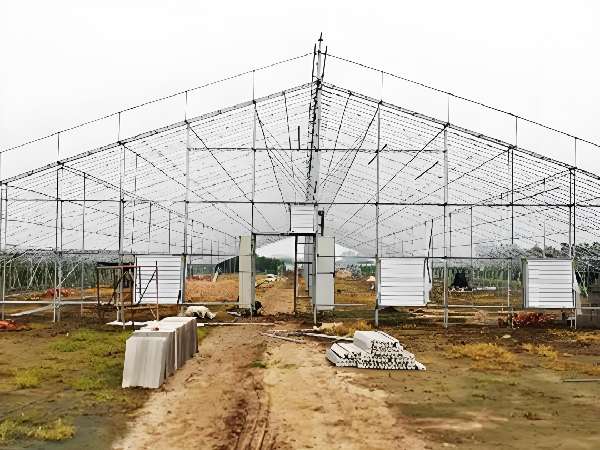
4. Research & Education
Educational institutions and research centers favor even-span greenhouses for their easy system integration and stable indoor conditions. Whether it’s tracking plant responses to light and humidity or testing new crop treatments, the structure supports reliable experimentation. Many horticultural schools use them for hands-on training and agricultural demonstrations.
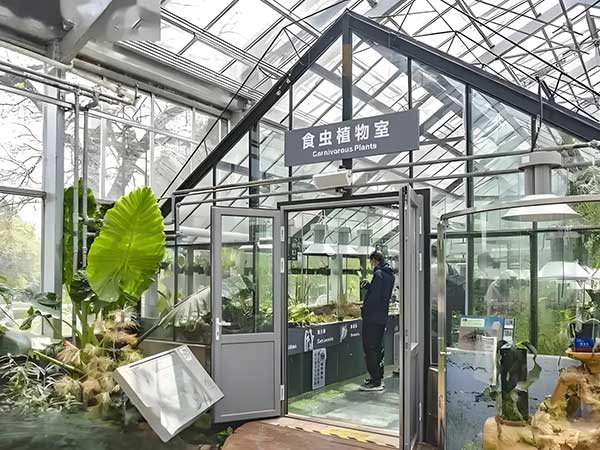
5. Cold-Climate Farming
In high-latitude or mountainous areas, the even-span design offers a major advantage: customizable roof angles that efficiently capture low winter sun. This makes it particularly valuable in regions like Northern Europe, Canada, and parts of China where cold-season growing is challenging. When paired with geothermal heating or thermal curtains, it becomes a powerful year-round solution.。
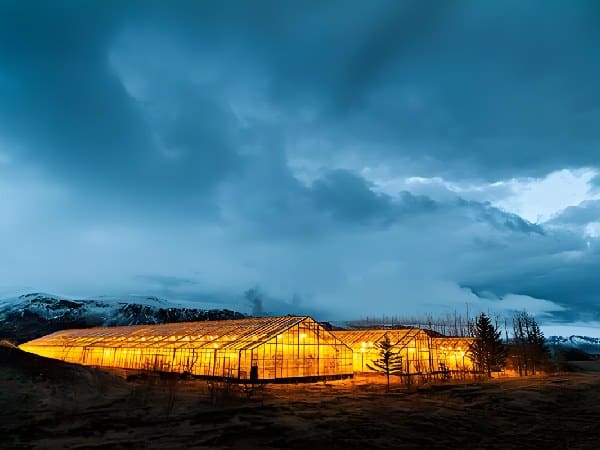
Is an Even-Span Greenhouse Right for You?
Even-span is a structural style, not a fixed formula. Its symmetrical frame, open interior, and automation-friendly layout make it a reliable foundation for a wide range of greenhouse projects, especially in research facilities, commercial farms, or regions with challenging climates. However, it isn’t limited to one specific use or budget level. So it can be adapted for everything from small-scale home gardening to large-scale commercial farming.
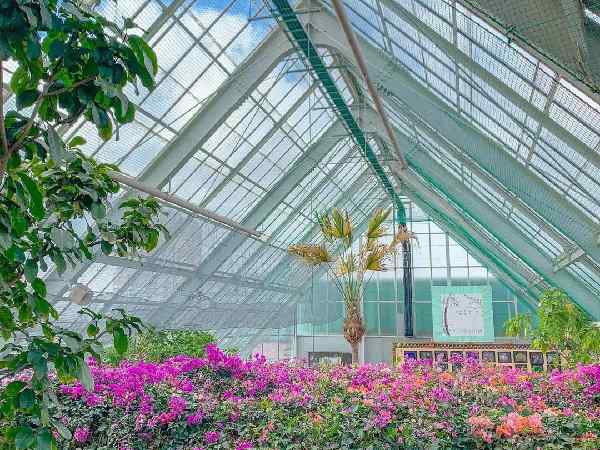
For personal or hobby use, a simple frame with PE film may be all you need to create a productive year-round growing space. On the other hand, commercial growers can opt for larger multi-span layouts, equipped with smart environmental controls—such as shading systems, ventilation, and automated irrigation—to boost yields and reduce labor.
At INSONGREEN, we specialize in customized greenhouse solutions for global growers. Whether you’re planning a new project or upgrading an existing one, we’re here to help design and build the right even-span system based on your climate, crops, and budget.
Interested in an even-span greenhouse for your commercial farming? Contact the INSONGREEN team today for a tailored proposal or a free expert consultation.

